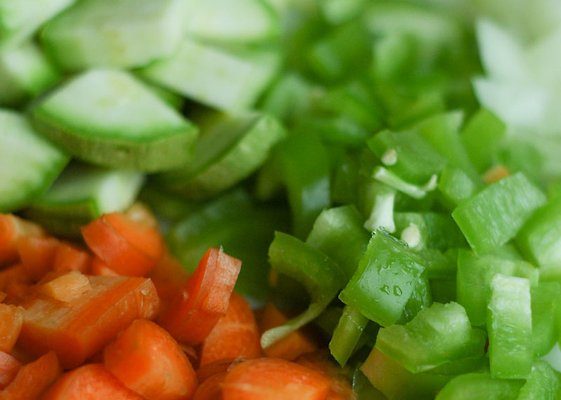How to Remove Lily Pads: 12 Steps

Lily pads can be a beautiful addition to any pond or water garden, but when they start to take over and threaten the health of other plants and marine life, it’s time to take action. Follow these 12 steps to effectively remove lily pads from your pond without harming the ecosystem.
1.Assess the situation: Determine the extent of the lily pad infestation and decide if removal is necessary. If they cover more than a third of the pond’s surface, it’s time to take action.
2.Wear protective gear: When working around water, always wear waterproof boots, gloves, and clothes to keep yourself dry and protected from scrapes or cuts.
3.Gather tools: You’ll need a rake, pruning shears, or a long-handled cutter – depending on the size of the lily pads and how deeply rooted they are in the pond.
4.Choose a starting point: Start at one end of the pond where lily pad coverage is densest, working your way around systematically.
5.Cut the stems: Using your shears or long-handled cutter, trim the lily pad stems beneath the surface of the water. Be careful not to cut too close to the base of the stem, as this may cause harm to other plants or pond animals.
6.Rake away debris: As you cut the stems, use a rake to gently pull away detached lily pads from the water. Remove any other debris that might have accumulated around the plant roots.
7.Collect cut lily pads: Place cut lily pads in a pile away from your working area as you go along. This helps prevent any pieces from accidentally falling back into the water.
8.Take breaks appropriately: Depending on the size of your pond and number of lily pads, you may need to break this task up over several days. Avoid overexertion and maintain your pond’s health by not disturbing the water too much at once.
9.Monitor the situation: After removing the lily pads, keep an eye on your pond to make sure new growth isn’t popping up. If you notice more lily pads emerging, repeat the process as necessary.
10.Dispose of the lily pads properly: Don’t throw them back into the pond or leave them near the water’s edge, as this will encourage regrowth. Instead, compost them or dispose of them in yard waste bags.
11.Consider alternative control methods: For particularly stubborn lily pad infestations, you might consider introducing koi fish, grass carp, or other plant-eating fish to control their growth naturally.
12.Maintain a balance: Lastly, remember that some lily pad presence is perfectly normal and can even be beneficial for your pond’s ecosystem. The key is to keep their growth in check and maintain a balance between plants, fish, and other aquatic life.
By following these 12 steps, you can successfully remove lily pads from your pond and restore its natural beauty while maintaining a healthy environment for all its inhabitants.






